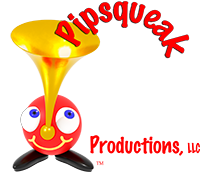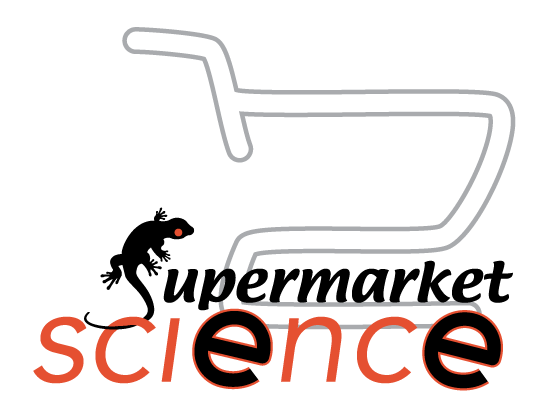
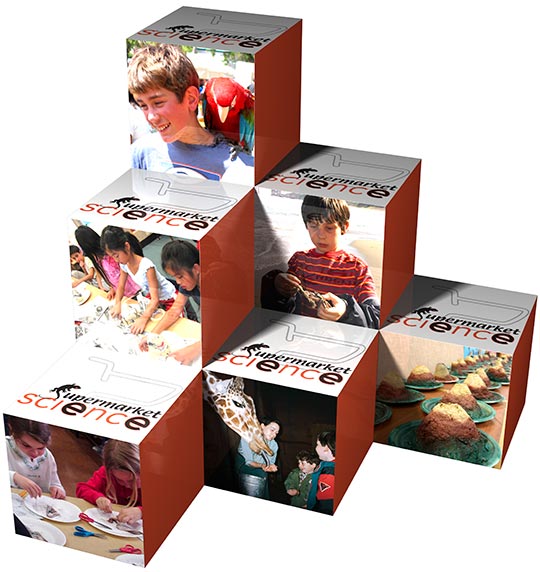
High Quality Printable Science Materials for Free
supermarketscience.com
Pipsqueak has been developing high quality science activity materials for years, and testing them in classrooms with hundreds of kids. During the pandemic, we decided to make them available for free for personal use. They’re all available as downloadable PDFs on supermarketscience.com.
Project Goals
The goal of the Supermarket Science Project is to create a sustainable structure within elementary schools to teach science in an engaging way. To be sustainable it must be inexpensive, flexible, and respectful of teacher needs and capabilities. It must encourage and support parental involvement. It must be pragmatic. It must be adaptable to the needs of individual teachers: useful even if only adopted in part. And it must relate to the California curriculum standards for each grade level.
Existing Structural Problems
Most elementary science curriculum enhancements suffer from several structural faults. Companies tend to sell kits—materials and books which the teacher is expected to insert into their existing curriculum. These kits are generally designed to be both horizontal and narrow: horizontal, in that they are geared for a particular grade level; narrow in that they focus on a specific topic.
The kits contain written teacher guides, but teachers are often on their own in utilizing these kits. Hands-on science is logistically hard. Anyone who has served birthday cake to 10 young kids at a party can imagine what it must be like for a teacher to try to keep order while filling the beakers of 35 excited third graders with a foaming mixture of baking soda and vinegar. For hands-on activities, teachers need classroom help.
The kits are expensive so schools frequently adopt only a part of the curriculum. And because the kits don’t usually integrate either with the rest of the curriculum or with the students’ work from previous years, science becomes an isolated activity. By limiting science to particular niche activities, it’s harder to build upon concepts introduced in prior years as is usual in other subjects.
Finally, the kits need to be maintained and refilled. That’s both expensive and time consuming. Some schools have a resource specialist who can undertake this task, but most don’t.
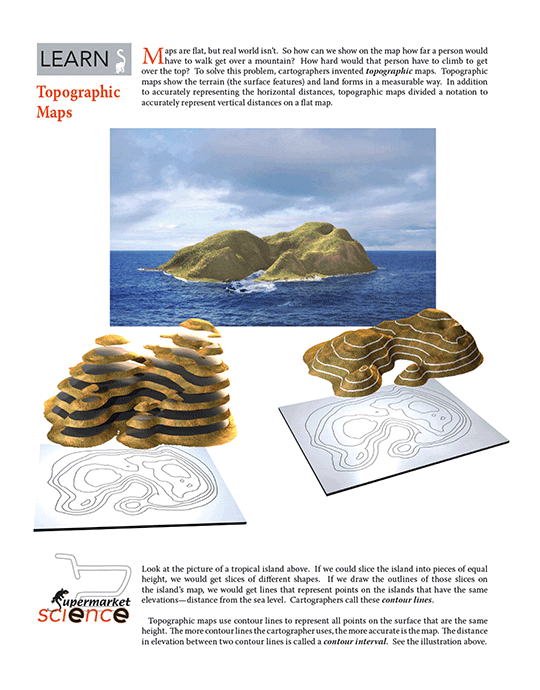
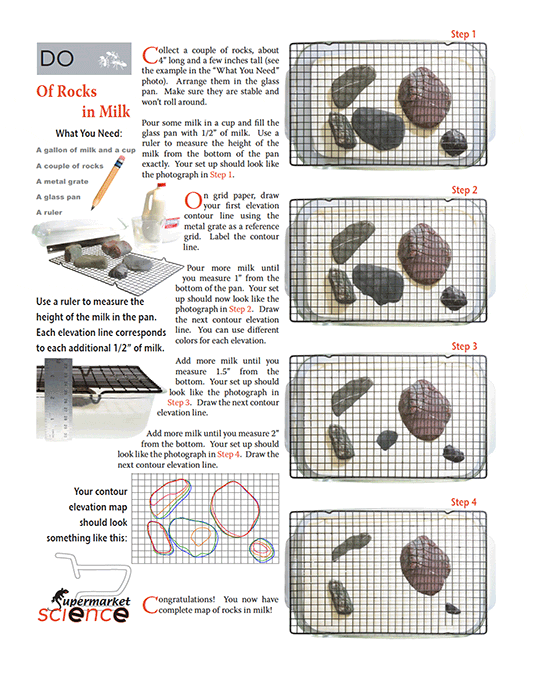
The Supermarket Science Project
At its simplest, Supermarket Science is a set of materials, frequently tied to local resources, together with a structured approach to teaching science as an integrated and sustainable element of an elementary school curriculum. It includes techniques for getting in-classroom help from parents who don’t currently volunteer. And it supports the simultaneous teaching of other subjects, especially math, language arts, and social studies.
Supermarket Science makes very specific requests of parents, allowing them to know exactly what they’re volunteering for and how long it will take.
Supermarket Science is built upon a pragmatic philosophy of analyzing existing resources and determining how to best access them. Parents are a resource, but many parents don’t volunteer because they balk at open-ended time and subject matter commitments. Not all parents can teach, but all can help in gathering materials, copying handouts, managing experiments, and so forth. Supermarket Science is successful in getting parents to volunteer because, among other things, it makes very specific requests of parents, allowing them to know exactly what they’re volunteering for and how long it will take. And those that can present are supported by materials that show them how and a structure that makes their contribution meaningful. A physician parent, for example, potentially has a lot to contribute but his or her expertise isn’t necessarily in teaching. Supermarket Science helps support parents as they teach subjects within their particular expertise.
Local resources are identified and tied to specific curriculum materials. So a trip to the zoo, for example, isn’t merely an enjoyable diversion, but it’s also a learning experience enhanced with grade-specific pre– and post–activities which tie into the rest of the science curriculum. The “supermarket” in Supermarket Science’s name is meant to evoke the tremendous learning potential of seemingly mundane local resources. Supermarket Science seeks to enhance limited classroom resources with external, but affordable, educational opportunities.
The “supermarket” in Supermarket Science’s name is meant to evoke the tremendous learning potential of seemingly mundane local resources.
Supermarket Science is designed to be both vertical and wide. It’s vertical in that it isn’t structured by subject area: a year in biology, a year in physics, a year in geology, and so on. Instead, the subjects are interconnected from kindergarten through fifth grade so that students receive an evolving, increasingly sophisticated view of these concepts as they progress through the grade levels. Supermarket Science is wide in that it allows for multiple access points to scientific concepts: there are art projects, hands-on experiments, writing, discussions, math problems, and so on, all designed to work together. Kids don’t do a unit on graphing merely for its own sake. Instead, they collect data and make records of authentic scientific work. This gives the math a real-world relevancy that engages and stimulates. A multi-faceted approach also helps support a variety of learning styles so that more kids are successful.
The Supermarket Science Project has been in development since 2002 and has been tested and refined at Alamo Elementary School and the Presidio Middle School in San Francisco, both public schools that are part of the San Francisco Unified School District.
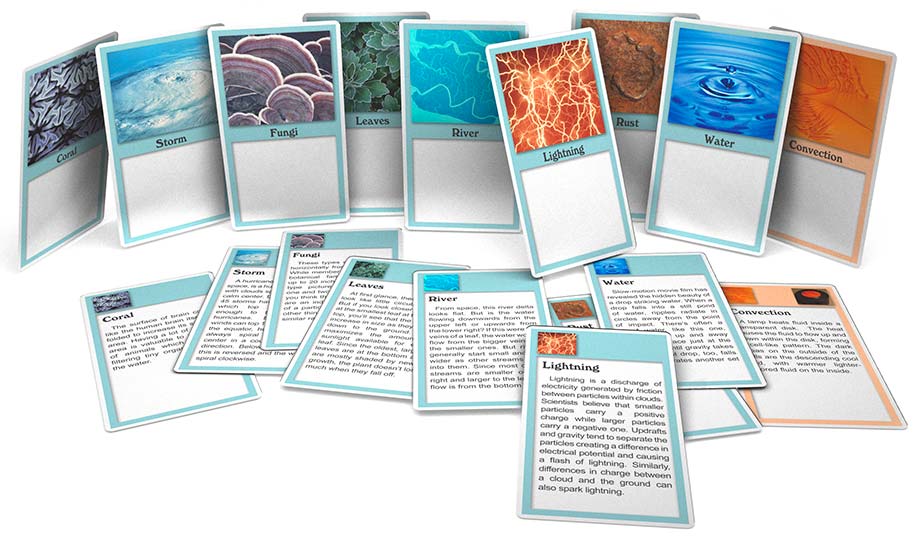
-
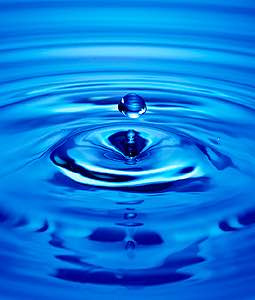
Water Drop
-
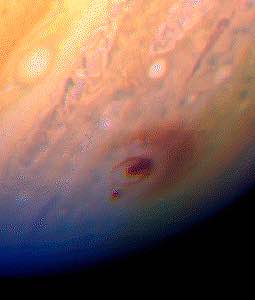
Comet Impact
-
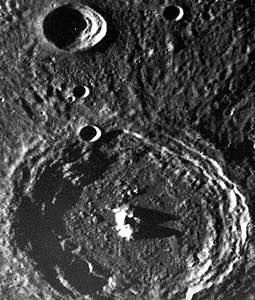
Crater
-
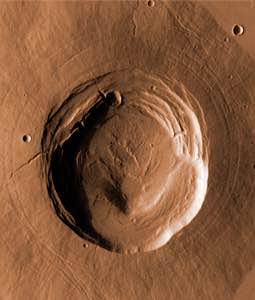
Volcano
-
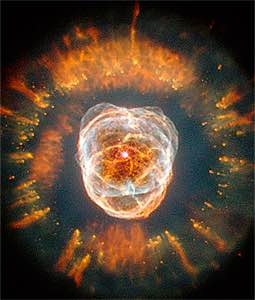
Nebula
-
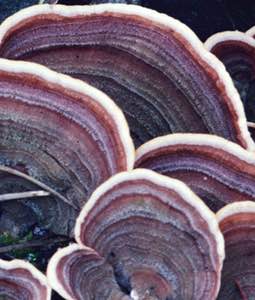
Fungi
-
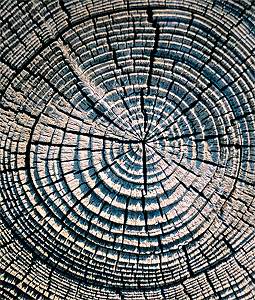
Log
-
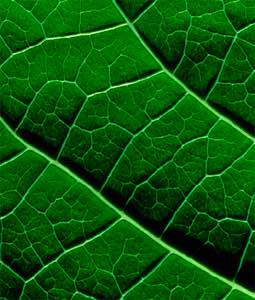
Leaf
-
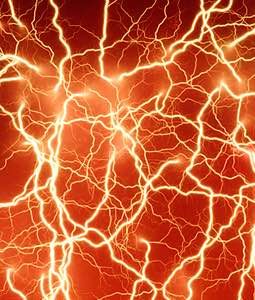
Lightning
-

Mountains
-
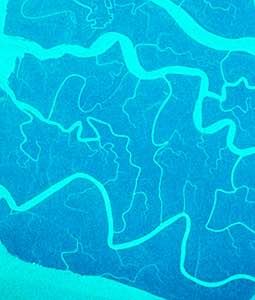
River
-
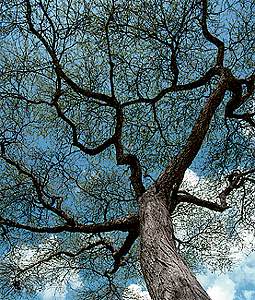
Tree
-
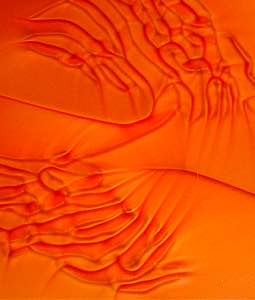
Convection
-
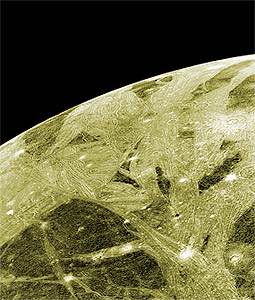
Ganymede
-
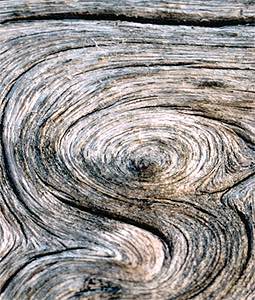
Burl
-
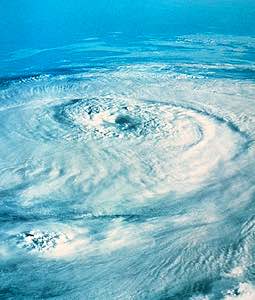
Storm
-
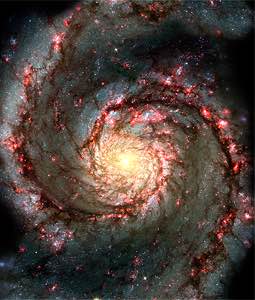
Galaxy
-
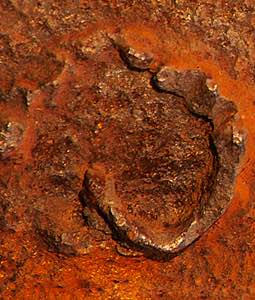
Rust
-
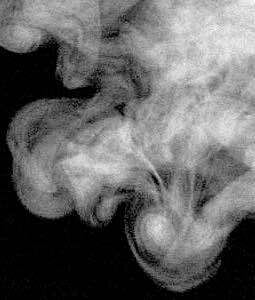
Smoke
-
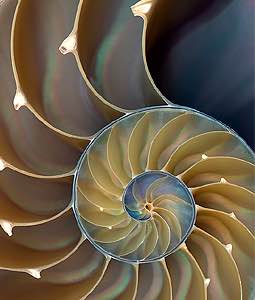
Shell
-
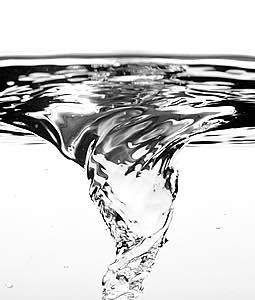
Whirlpool
Field Trips and Activities
My students were completely involved in the various activities we did. The math and science of it had "real" meaning to them! Jeannetta L. Mitchell, 6th grade math and science teacher
Field trips include the “in-school” field trips and the fields trips to local educational resources like the San Francisco Zoo, Baker Beach, Exploratorium, a local supermarket, and others. Each set of field trips consists of several components: a presentation by an expert or a guided tour; activities, which may include an art activity, a writing or math activity, an experiment, a set of problem solving or hands-on activities; and a video presentation. All activities and video presentations are accompanied by pre– and post–discussion sessions with the students.
The activities are designed to extend the curriculum beyond the actual day of the field trip. An experiment, for example, can take several weeks to finish, but its results (or its set-up) can be part of the discussion and presentation portion of the field trip. The activities can either be extended or reduced to match the students’ age and the teacher’s needs.
All presentations and guided tours by an expert target a particular grade level. Most of the video presentations listed below are appropriate for all elementary grade levels, but the discussion that follows can be adjusted to meet the educational needs of each grade level.
The students year-long participation in these field trips can culminate in a Science Discovery Day—similar to a science fair—where students teach what they know to other students. They also introduce the curriculum to next year’s students.
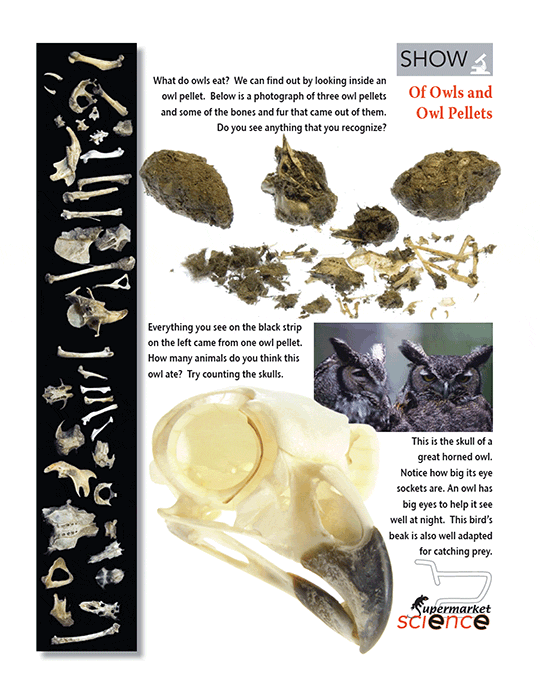
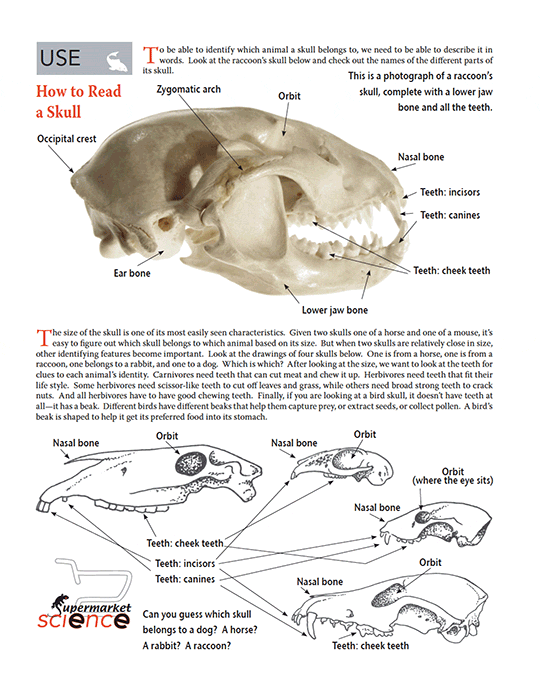
Key Ideas
- Assume a minimal budget
- Use local resources (museums, zoos, stores, parks, etc.)
- Use local experts (teachers and parents who would like to contribute their expertise to the school’s science curriculum)
- Enlist parent help (to organize, to help with student managements, to help with resources management, to obtain the necessary resources, etc.)
- Set very clear and limited expectations of individual time and financial contributions
- Allow adult participants (parents and teachers) to be non-experts in a particular subject matter covered on an individual field trip
- Support presenting experts to increase their teaching effectiveness—e.g. someone who is an expert chemist might not be an expert teacher
- Allow students to be experts in a limited field of expertise which they can present or share with other students
- Make the content relevant to students’ lives
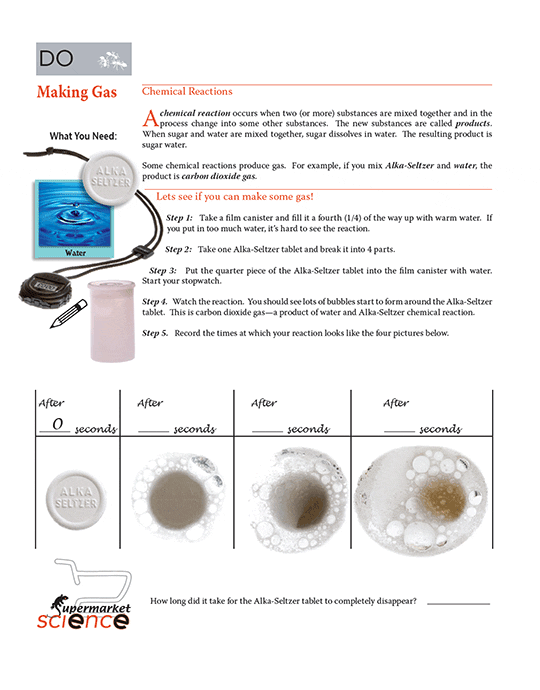
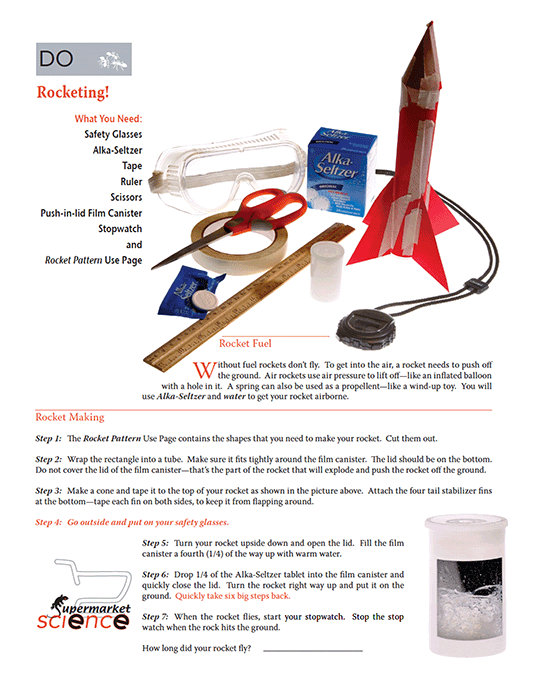
Existing Modules
There are fifteen Supermarket Science Books that have been developed and tested in San Francisco elementary and secondary classrooms to date.
-
Animals
There are over 100 animals listed in this short reference guide. These animals were chosen to show the diversity of animals on Earth: carnivores versus herbivores, Australian animals versus animals found on the Americans, marine animals versus animals living on land, and so on. This diversity is used in the animal card games and activities presented in this book.
-
Archeology
Treasures of the past links hands-on exploration of human artifacts with creative story writing. The activity was designed to merge a social studies curriculum with language arts.
-
Astronomy
A broad range of activities for students from kindergarten (The Human Solar System) to fifth grade (Optics Wars). Students learn interesting facts about the physical world and explore ideas through games and experiments. There are group and individual activities that transform facts into practical knowledge, deepening student understanding of difficult concepts.
-
Botany
Fruits, flowers, stems, and roots — what do we eat? And what do plants eat? This book has a large collection of activities that uses the produce section of the supermarket as well as school yard to explore the nature of plants around us. Students make experiments, and then they eat them…at least some of them.
-
Dissections
This book presents two class experiments: an owl pellet dissection and a squid dissection with accompanying activities.
Owl pellets allow students to solve the mystery of the owl food chain, explore the backyard circle of life, and learn how to read a skull.
Squid are one of the few animals that are easily dissectible and available frozen in a local supermarket with all their internal organs intact. Squids are small, cheap, easy to cut with a pair of scissors, and don’t have too many parts to identify.
If dissecting is objectionable, there are other parts of the activities including poetry and word puzzles.
-
Patterns in Nature
The Supermarket Science Patterns in Nature book was developed to foster scientific inquiry and support guided exploration of the visual patterns found in the world all around us: from branches of trees to cracks in the pavement. Within nature, many similar patterns can be seen in objects of widely differing sizes and materials. Often, objects with similar patterns possess an underlying similarity of construction. In these activities, which differ by grade level, students are asked to analyze visual data and reach a scientific conclusion through logical reasoning. (Available on Amazon).
-
Volcano
The presentation by the Science Buddies not only introduced exciting science concepts to my 3rd grade students, but it inspired them to create their own science experiments. Lisa McLaughlin, 3rd grade elementary school teacher
Activities include creating volcanoes in the classroom, generating topological maps, and telling stories about peoples who live in the shadow of a natural disaster. They link science, art, and writing in an enjoyable month-long unit.
-
Water & Soil
Even when the water looks completely clear, it may be contaminated. Soil is dirt, but what does it mean for it to be dirty? Simple tests provide hands-on experience with water and soil. Two classes of contaminants are explored: chemical and biological. Students learn how to test water in backyard puddles, streams, and sinks. They also learn to distinguish between contaminants and additives and to identify their sources.
-
Zoo Activities
This was the best way of introducing chemistry into my 5th grade science curriculum. The kids had a blast and learned a lot. Lloyd Schine, 5th grade elementary school teacher
Many elementary school students visit zoos. This books aims to make those field trips more science focused as well as fun. Never visit the zoo the same way again!
-
Animal Adaptations
Zoo field trip activities with a focus on adaptations.
-
Animal Africa
Zoo field trip activities with a focus on African animals.
-
Animal Conservation
Zoo field trip activities with a focus on conservation and environment.
-
Animal Habitat
Zoo field trip activities with a focus on understanding habitats.
-
Animal Primates
Zoo field trip activities with a focus on primates.
-
Book of Activity Cards
A large collection of science cards for use with Supermarket Science Books. The cards are used in different ways by different grade levels. For example, younger students might be asked to sort cards by the size of the animal, while older students might be asked to sort them by habitats.

